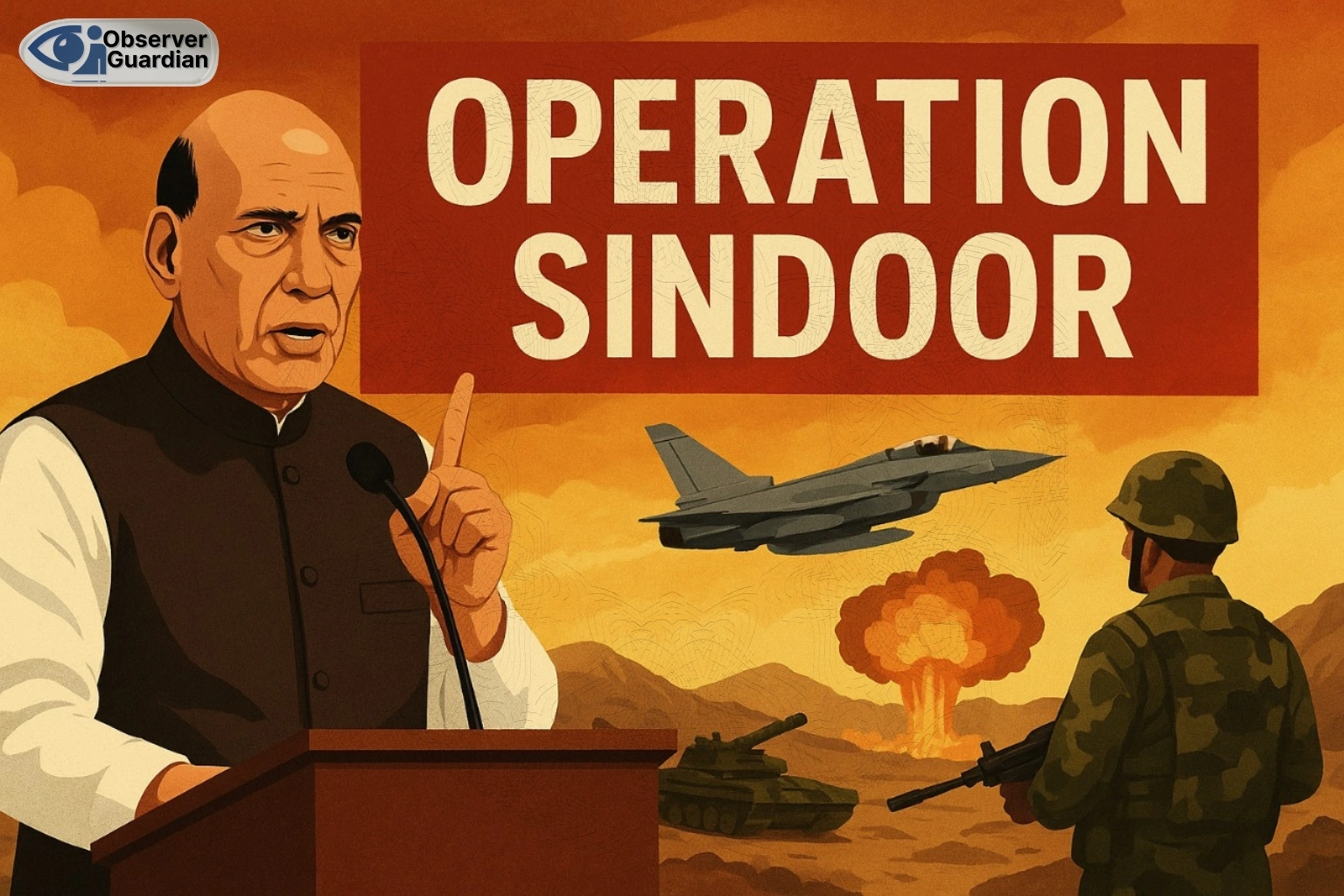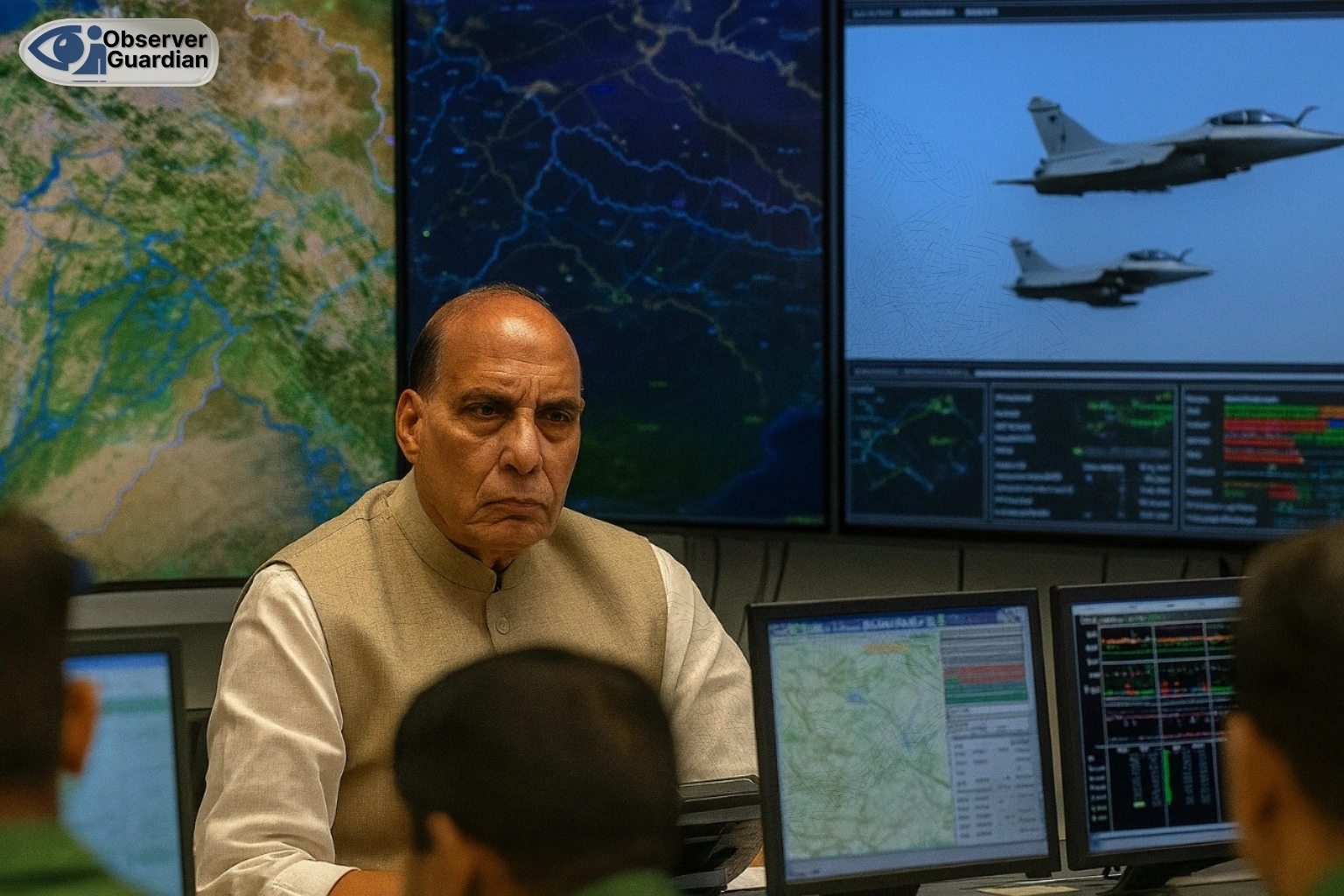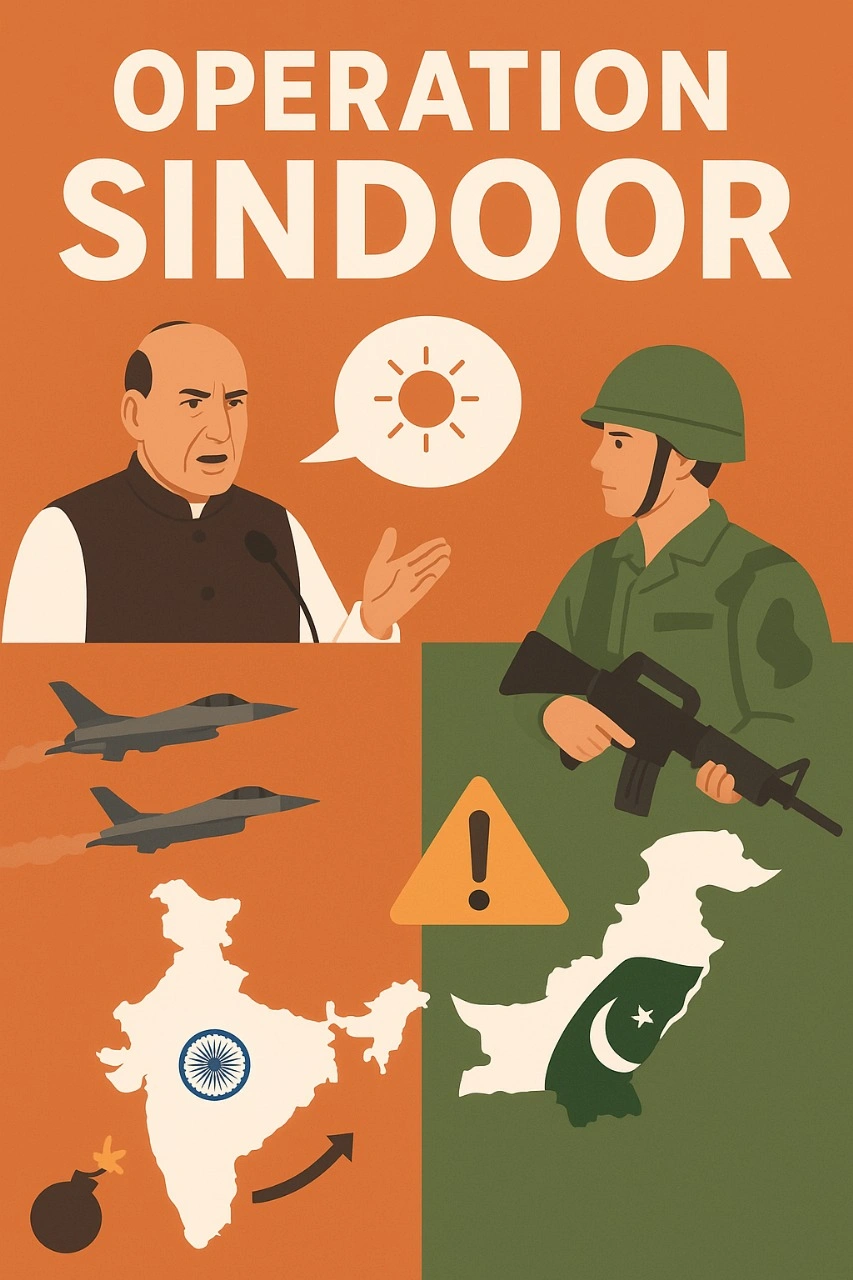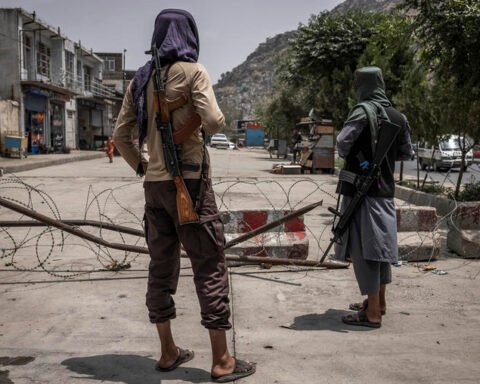When Rajnath Singh stood up in Rabat on September 22, and spoke about Operation Sindoor, he was not just addressing an international forum. He was really speaking to his audience back home. The defense minister painted the operation as a clean, calculated, and heroic mission. But if you look at the details, and especially Pakistan’s version of events, this polished story starts to fall apart.
Singh praised India’s military for showing strategic wisdom and responsibility. To Indian ears, it sounded like a story of national pride. To Pakistan, it looked like political theater.
Thus, it was a flex meant to score points rather than calm tensions. Islamabad has framed the whole thing as reckless posturing, and one can see why the facts are so disputed.
The numbers game
One of Singh’s boldest claims was that India eliminated over 100 terrorists, their trainers and handlers in nine targeted strikes, with zero civilian casualties. It is a neat and rounded number that plays well on TV. But Pakistan calls it a fiction. Officials in Pakistan insist the strikes mostly hit empty or civilian areas, and that ordinary people were hurt and killed. Villagers in the targeted regions have also echoed that account. Hence, without neutral observers or independent forensics, nobody outside the two governments can say with certainty who is telling the truth.
What happened in the skies?
Singh also boasted that India did not lose any assets, and that Pakistan did not respond. This assertion directly contradicts Pakistan’s counter story, which claims that six Indian aircraft, including a Rafale, were brought down by its defensive actions. Naturally, India denies it outright, but there is no independent evidence to support either claim. This could be clarified by radar logs, satellite photos, or outside reporting, but neither party has permitted such openness. Thus, propaganda and press conferences are currently engaged in a duel.
Who was the first to blink?
Singh’s speech in Rabat also implied that India was asked by Pakistan’s DGMO to halt the strikes, and India kindly agreed. But Islamabad disagrees. They claim that only after frantic phone calls from world leaders, with the United States in particular exerting significant pressure to defuse the standoff, did the pause occur.
Even Donald Trump asserted that he was the mediator. But India downplays that angle, preferring to project control and autonomy.
Singh bragged that Indian forces went 100 km inside Pakistan and that the military had a free hand. Those words may stir patriotic applause in India, but in Pakistan they are heard as a brazen admission of violating sovereignty. Beyond that, the idea of the army operating with no political check is troubling even inside a democracy. Moreover, Islamabad argues that if India wants to justify cross border strikes, it needs to show hard evidence and legal reasoning. So far, none has been forthcoming.
The claim of restraint
Singh repeated that India’s actions were not about religion, only about militants, and that civilians were carefully avoided. Pakistan pushes back here too without target lists, casualty reports, or post strike assessments, the line between militant and civilian is impossible to verify. Thus, for them, Singh’s assurances ring hollow.
Perhaps the most provocative part of the Rabat speech was Singh’s comment that Pakistan administered Kashmir would “come on its own” to India, because locals supposedly wanted merger after Sindoor. For Islamabad, this is inflammatory and unfounded. Kashmir remains disputed territory under UN resolutions. Therefore, suggesting otherwise is not just political chest thumping, it risks inflaming an already raw conflict.
A pause, not an end
Singh ended his remarks by stressing that Operation Sindoor is only “paused.” Pakistan reads that as an open ended threat. It assumes this idea as the threat that India could resume strikes whenever it wants. Moreover, Islamabad has made it clear that it does not want escalation, but also that it will not sit quietly if its territory is hit again. This kind of vague menace only keeps the region on edge.
What one understands, if they look at the stances of India and Pakistan, is interesting.
The Indian government is working hard to sell Operation Sindoor as a moment of historic strength. However, Pakistan frames it as a stunt exaggerated to serve domestic politics, with little international credibility. Similarly, independent voices outside the subcontinent are skeptical too, pointing out how little verifiable evidence India has put on the table.
Pakistan’s rebuttals
Islamabad has stated its demands in reaction to Singh’s speech. They include:
- Independent investigations into civilian fatalities and damage
- Evidence from India, including target lists, casualty counts, and geolocated data
- Appropriate diplomatic channels rather than media one liners for mediation
- Effective de escalation measures to stop this from occurring again
Thus, Pakistan has planted those markers, but none of that appears likely soon.
When the rhetoric is removed, Operation Sindoor becomes less about exercising restraint and more about illustrating how propaganda can intensify a rivalry that is already dangerous. Singh’s speech in Rabat may have been intended to appease an Indian audience, but in Pakistan it served as a warning and another reminder of how precarious the peace in South Asia truly is. Hence, the truth will remain hidden beneath conflicting narratives until both sides permit objective confirmation of their assertions. Meanwhile, the area must deal with the fallout from rhetoric, bluster, and the very real possibility of making a mistake.
⚠ Disclaimer
The views and opinions expressed in this article are exclusively those of the author and do not reflect the official stance, policies, or perspectives of the Platform.










